.png)
Considering stem cell therapy to alleviate chronic conditions or enhance recovery? The choice between seeking treatment in Germany or the USA involves navigating distinct regulatory landscapes, treatment philosophies, and cost structures. This guide meticulously compares these two prominent destinations, providing crucial insights for patients worldwide looking for innovative regenerative solutions.
Navigating the Global Landscape of Stem Cell Treatments: Germany and the USA
Stem cell therapy represents a frontier in modern medicine, offering hope for a range of conditions from orthopedic injuries and autoimmune diseases to neurological disorders. As scientific understanding expands, so do the global options for treatment. Patients often find themselves at a crossroads, evaluating countries known for advanced medical care.
Germany has emerged as a significant destination for patients seeking access to a broader spectrum of stem cell treatments, particularly those using autologous (patients' own) cells, often with more flexible regulatory oversight compared to some other nations. Its clinics frequently offer therapies for conditions not yet approved by agencies like the U.S. Food and Drug Administration (FDA).
The United States, conversely, is a global leader in rigorous scientific research and FDA-approved therapies. While offering fewer "off-label" treatments than Germany, the USA boasts a robust ecosystem of clinical trials and treatments that have passed stringent safety and efficacy benchmarks, ensuring a high level of patient protection and evidence-based care. Understanding these fundamental differences is paramount for anyone considering stem cell therapy abroad or domestically.
This comprehensive comparison aims to equip you with detailed information on regulatory frameworks, types of treatments, costs, and patient experiences, enabling you to make an empowered decision about your health journey.
Stem Cell Therapy Germany vs. USA: A Side-by-Side Analysis of Regenerative Medicine
Key Capabilities: Unpacking the Strengths of Stem Cell Treatment Destinations
Germany's Strengths in Regenerative Medicine
Germany is often seen as a hub for advanced, sometimes more experimental, regenerative treatments. Its medical landscape, governed by specific E.U. directives and national laws, allows for a wider range of autologous stem cell applications, particularly under what's known as the "hospital exemption" rule.
This means clinics can offer personalized treatments using a patient's own cells without needing a full drug approval process, provided the cells are minimally manipulated and used within the same hospital setting for the same essential purpose. This flexibility enables German clinics to address a broader spectrum of conditions, including chronic degenerative diseases and neurological disorders, often with personalized protocols.
Many clinics boast state-of-the-art facilities and highly skilled specialists who focus on integrative and holistic patient care, appealing to those who have exhausted conventional options elsewhere.
USA's Strengths in Stem Cell Research and Approved Therapies
The United States stands as a global powerhouse in stem cell research, innovation, and evidence-based medicine. The FDA exercises strict oversight, ensuring that any stem cell product marketed as a drug must undergo rigorous clinical trials to prove its safety and efficacy.
This stringent approval process means that treatments available outside of clinical trials are typically limited to highly validated indications, such as hematopoietic stem cell transplantation for certain cancers. However, for patients seeking cutting-edge, thoroughly vetted therapies, the USA offers unparalleled access to a vast network of academic medical centers, research institutions, and biopharmaceutical companies conducting leading-edge clinical trials.
This environment provides the highest level of patient protection through established regulatory pathways, advanced monitoring, and a strong emphasis on long-term outcome data. For those prioritizing safety, robust scientific backing, and transparent regulatory compliance, the USA represents a trusted choice.
Stem Cell Therapy in Germany: Benefits and Considerations for International Patients
Pros of Stem Cell Treatment in Germany
- Broader Treatment Options: Access to a wider range of autologous stem cell therapies for conditions not yet FDA-approved or extensively studied in the USA, offering hope for patients with limited options.
- Personalized Approach: Many clinics emphasize individualized treatment plans, often integrating stem cell therapies with other holistic or regenerative medicine practices.
- High-Quality Medical Infrastructure: Germany boasts a world-renowned healthcare system, ensuring excellent general medical standards, hygiene, and patient care.
- Competitive Pricing: For some non-approved treatments, costs might be more competitive than in the USA, especially when comparing to the private sector for similar unapproved therapies.
- Established Medical Tourism: Many German clinics are highly experienced in catering to international patients, offering multi-lingual staff and comprehensive support.
- Accessibility for Europeans: Convenient travel for patients within Europe due to proximity and well-connected transport links.
Cons of Stem Cell Therapy in Germany
- Variable Regulatory Scrutiny: While legal, many treatments operate under less stringent regulatory oversight (e.g., hospital exemption) than FDA-approved therapies, meaning less formalized evidence of efficacy and long-term safety.
- Risk of Unproven Therapies: Patients must exercise extreme caution to differentiate between promising experimental treatments and those lacking scientific merit or published data.
- Difficulty in Vetting: The sheer number of clinics and range of treatments can make it challenging for international patients to thoroughly vet the quality and ethical standards of each provider.
- Travel and Logistics: For non-European patients, travel can be extensive, adding to the overall cost and time commitment.
- No Guarantee of Results: As with any medical procedure, outcomes are not guaranteed, and the experimental nature of some treatments may mean less predictable results.
Stem Cell Treatment in the USA: Advantages and Challenges for Patients Seeking Advanced Care
Pros of Stem Cell Treatment in the USA
- Gold Standard Regulatory Oversight: FDA approval ensures rigorous testing for safety, purity, potency, and efficacy, providing the highest level of patient protection.
- Access to Cutting-Edge Clinical Trials: The USA is home to numerous clinical trials for investigational stem cell therapies, offering access to groundbreaking treatments often years before they are widely available.
- Robust Research and Development: Unparalleled investment in stem cell science translates into advanced techniques, facilities, and a deep understanding of regenerative biology.
- Highly Qualified Specialists: Access to world-renowned researchers and clinicians at leading academic medical centers, many of whom are pioneers in their fields.
- Strong Patient Safety Protocols: Comprehensive oversight by IRBs and regulatory bodies ensures ethical conduct and patient welfare during trials and approved treatments.
- Evidence-Based Medicine: Emphasis on treatments backed by robust scientific data and peer-reviewed publications.
Cons of Stem Cell Therapy in the USA
- Significantly Higher Costs: Stem cell treatments in the USA, especially FDA-approved ones, are often among the most expensive globally, reflecting R&D and regulatory compliance.
- Limited Access to Unapproved Therapies: Offering unapproved stem cell treatments outside of legitimate clinical trials is illegal, limiting options for patients seeking experimental approaches.
- Strict Eligibility for Clinical Trials: Participation in clinical trials comes with stringent eligibility criteria, making access difficult for many patients.
- Complex Insurance Navigation: Even for FDA-approved therapies, navigating insurance coverage can be complex and challenging.
- Longer Waiting Lists: For highly sought-after clinical trials or specialized FDA-approved treatments, waiting lists can be considerable.
Navigating the Regulatory Landscape: A Critical Factor in Your Stem Cell Journey
The regulatory environments in Germany and the USA are perhaps the most defining factors in differentiating their stem cell therapy offerings. In the United States, the FDA plays a central role. It considers stem cell products as drugs or biological products, necessitating extensive pre-market approval processes, including multi-phase clinical trials demonstrating safety and efficacy. The FDA actively warns against unproven stem cell therapies offered outside of clinical trials, emphasizing the potential for serious harm.
In Germany, the landscape is more nuanced. While subject to E.U. directives on human tissues and cells, and national laws like the German Drug Act (AMG), the "hospital exemption" (Arzneimittelgesetz § 13 Abs. 2b) allows for certain autologous cell-based therapies to be performed without explicit drug approval if they are minimally manipulated, used within the same hospital, and for the same essential purpose. This permits clinics to offer a broader range of personalized treatments using a patient's own cells for various conditions. However, patients must understand that these treatments, while legal, may not have undergone the same rigorous, large-scale clinical validation as FDA-approved therapies. This distinction underscores the importance of thorough due diligence and understanding the evidence base for any treatment considered.
Patient Experiences with Stem Cell Therapy: Real Stories, Real Decisions
Anna K., USA (Treated in Germany)
"After years of debilitating chronic pain from an autoimmune condition that wasn't responding to conventional treatments in the US, I researched stem cell therapy extensively. I chose a clinic in Germany for their personalized approach using my own mesenchymal stem cells. The communication was excellent, the facility was pristine, and the doctors were incredibly thorough. While it's not a 'cure,' my quality of life has significantly improved, and I feel a noticeable reduction in inflammation and pain. It was a leap of faith, but one that paid off for me."
Robert M., Canada (Treated in USA)
"My orthopedic surgeon in Canada recommended I look into a specific FDA-approved stem cell therapy for my severe knee osteoarthritis, which was being offered as part of a post-market study in the US. I appreciated the rigorous scientific backing and the transparency of the process. While costly, knowing it had passed FDA scrutiny gave me peace of mind. The procedure was smooth, and my mobility and pain levels have dramatically improved. The follow-up care was very structured, which I valued."
Jessica L., UK (Treated in Germany)
"I was diagnosed with early-stage Parkinson's and felt a strong urge to explore all possible avenues. I found a highly reputable clinic in Germany that specializes in neurological regenerative therapies. The decision was tough because the treatment wasn't globally approved, but the clinic provided extensive information, including their own internal research and patient outcomes. The doctors were very honest about the experimental nature. I've seen subtle but meaningful improvements in my motor skills and overall energy. It's not a cure, but it's given me hope and a better quality of life."
Priya S., India (Treated in USA)
"For my specific rare blood disorder, an allogeneic stem cell transplant was the only viable option, and the best-vetted clinical trial was at a major medical center in the USA. The journey was long and complex, but the level of care, the expertise of the medical team, and the sheer volume of research backing their protocol were exceptional. While the therapy was incredibly intensive, I felt safe and supported throughout. The strict monitoring and adherence to protocols were truly world-class, and I'm now in remission thanks to their advanced treatment."
Comprehensive FAQ: Your Questions About Stem Cell Therapy in Germany and the USA Answered
Is stem cell therapy safe in both Germany and the USA?
The safety of stem cell therapy depends heavily on the specific treatment, the clinic, and the regulatory framework. In the USA, FDA-approved stem cell therapies undergo rigorous testing for safety and efficacy. Investigational treatments are conducted under strict clinical trial protocols. In Germany, while many clinics adhere to high medical standards, some offer therapies that are not approved by mainstream bodies like the FDA, meaning they may not have undergone the same level of safety scrutiny. Thorough research into the clinic's accreditation and the specific therapy's evidence base is crucial in both countries.
What conditions are typically treated with stem cell therapy in Germany versus the USA?
In the USA, FDA-approved stem cell therapies are primarily for conditions like certain blood cancers, immune disorders, and some orthopedic issues (e.g., cartilage repair). Many other treatments are only available through clinical trials. Germany, with its more permissive regulatory environment for autologous (patient's own) cells, offers a broader range of experimental or off-label treatments for conditions such as chronic pain, neurological disorders (e.g., Parkinson's, MS), autoimmune diseases, and degenerative conditions, though these may lack extensive peer-reviewed evidence.
What is the key difference between FDA-approved and unapproved stem cell treatments?
FDA-approved stem cell treatments have undergone extensive, multi-phase clinical trials to prove their safety and effectiveness for specific indications. They are backed by robust scientific evidence. Unapproved treatments, often found outside of strict regulatory environments, have not completed this rigorous testing. While some may show promise, their safety and efficacy are not definitively established, and they carry higher risks.
How much does stem cell therapy cost in Germany?
The cost of stem cell therapy in Germany can vary significantly, typically ranging from $10,000 to $25,000 USD for a basic treatment cycle, depending on the condition being treated, the type of stem cells used, the number of treatments, and the clinic's reputation. More complex or extensive therapies can exceed this range.
How much does stem cell therapy cost in the USA?
In the USA, FDA-approved stem cell therapies can be significantly more expensive, with costs often ranging from $15,000 to $50,000+ USD per treatment cycle. This higher cost reflects the extensive research, regulatory compliance, and advanced medical infrastructure involved. Clinical trial participation may sometimes reduce costs or provide treatments for free, but it comes with strict eligibility criteria.
Will my insurance cover stem cell therapy abroad or in the USA?
Generally, most health insurance plans in the USA (and many international plans) do not cover experimental or unapproved stem cell therapies, whether sought domestically or abroad. Coverage for FDA-approved therapies in the USA is more likely but often requires specific medical necessity and prior authorization. It's crucial to check with your insurance provider directly.
How do I find a reputable stem cell clinic in Germany or the USA?
To find a reputable clinic, look for accreditation (e.g., JCI, national medical board certifications), inquire about the specific therapy's evidence base (peer-reviewed studies), verify the qualifications and experience of the medical team, and ask for transparent pricing and success rates for similar cases. For investigational treatments in the USA, ensure it's part of a legitimate, registered clinical trial. PlacidWay can also assist in vetting and connecting you with accredited clinics.
What types of stem cells are commonly used in these treatments?
Commonly used stem cell types include Mesenchymal Stem Cells (MSCs), often derived from adipose tissue (fat), bone marrow, or umbilical cord tissue. Hematopoietic Stem Cells (HSCs) are used for blood and immune system disorders. Induced Pluripotent Stem Cells (iPSCs) and Embryonic Stem Cells (ESCs) are primarily used in research contexts, with limited clinical application due to ethical and safety concerns.
What is the typical recovery process after stem cell treatment?
Recovery varies significantly based on the type of stem cell therapy, the method of administration (e.g., injection, intravenous infusion, surgical implantation), and the treated condition. Most minimally invasive procedures (like injections) have short recovery times, often involving mild soreness at the injection site. More complex procedures might require a few days of rest. Clinics usually provide detailed post-treatment instructions and follow-up protocols.
What are the legal implications of seeking unapproved stem cell treatments abroad?
While it's generally not illegal for a patient to travel abroad for medical treatment, seeking unapproved stem cell therapies outside of a regulated clinical trial carries inherent risks. These treatments lack the safety and efficacy assurances of regulatory bodies like the FDA. Patients might also face challenges with legal recourse if complications arise, as they would be subject to the laws of the treatment country.
Ready to Explore Your Stem Cell Treatment Options? PlacidWay Can Help!
Making the right choice for stem cell therapy is a deeply personal and significant decision. This guide provides a foundational understanding, but your unique health needs and circumstances require a tailored approach. At PlacidWay, we specialize in connecting patients like you with world-class, pre-vetted stem cell clinics in Germany, the USA, and other leading destinations globally.
Our dedicated Care Team is here to provide a free, no-obligation consultation to help you compare personalized treatment packages, understand transparent pricing, clarify regulatory differences, and answer all your specific questions. Let us simplify the complexities of planning your advanced regenerative treatment journey, so you can focus on regaining your health and quality of life.

.png)

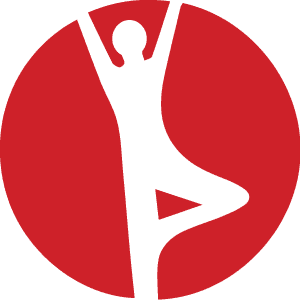


.jpg)

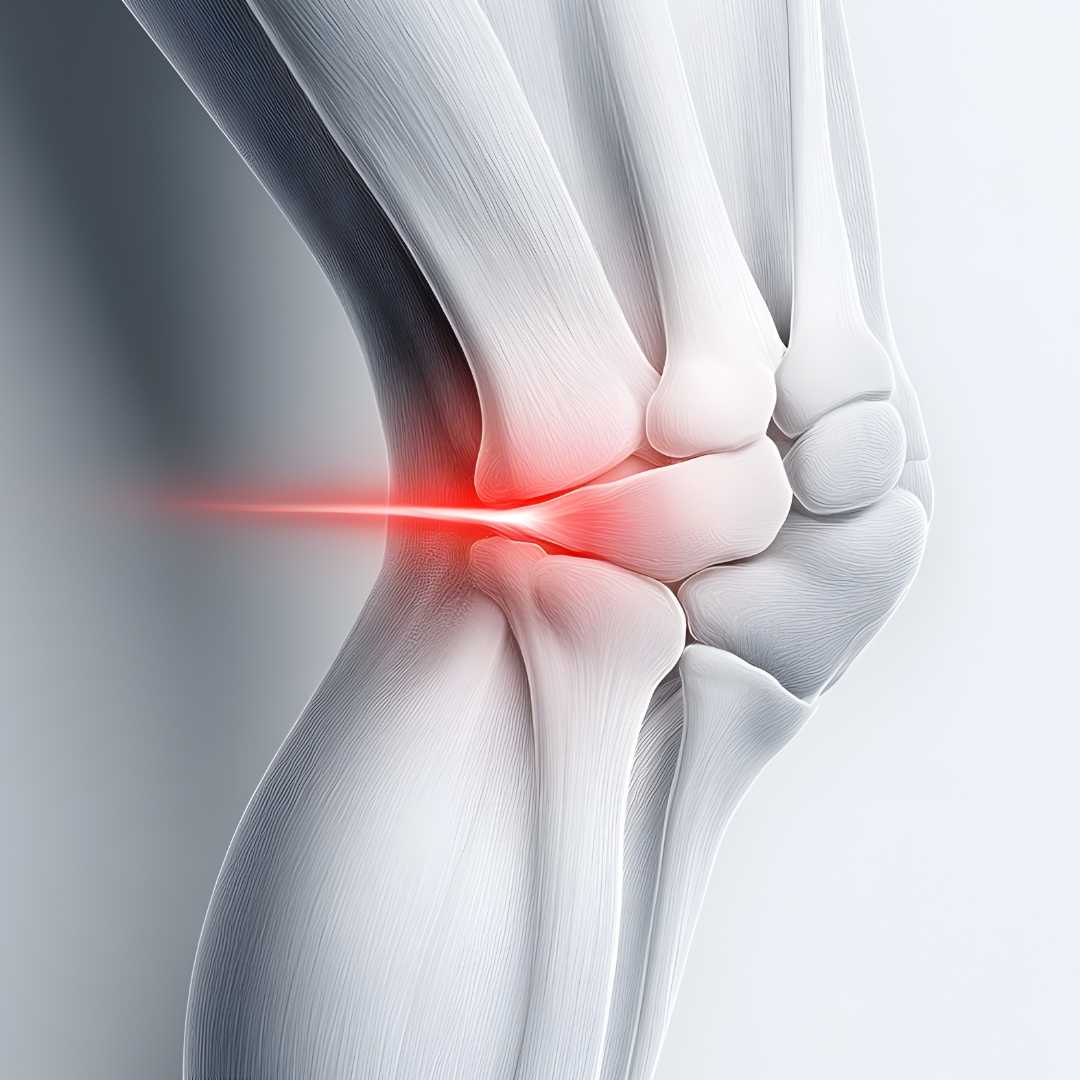

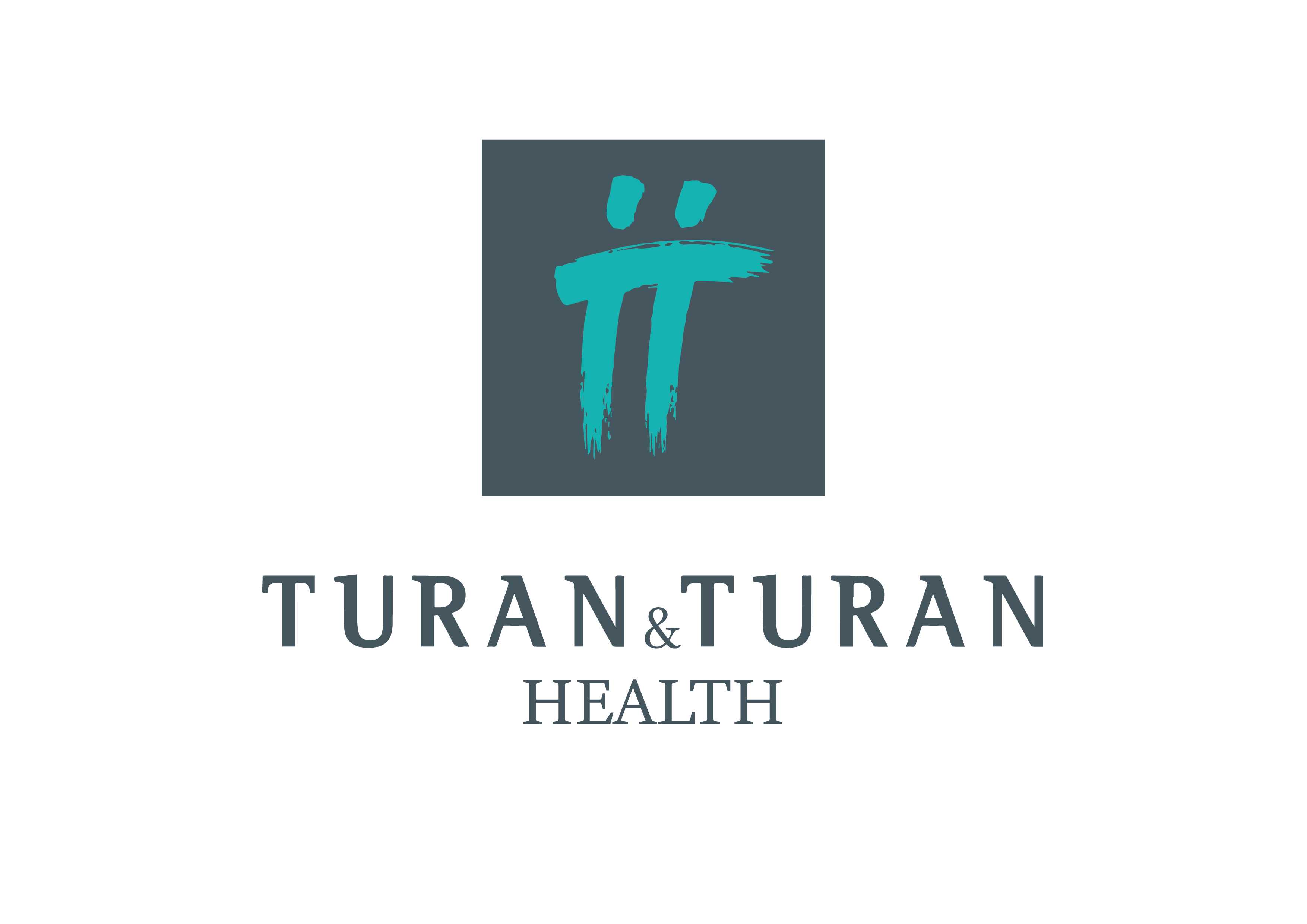
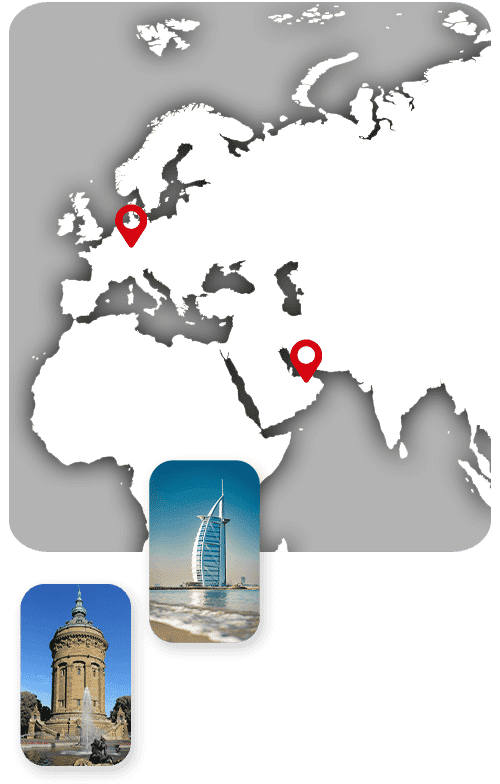
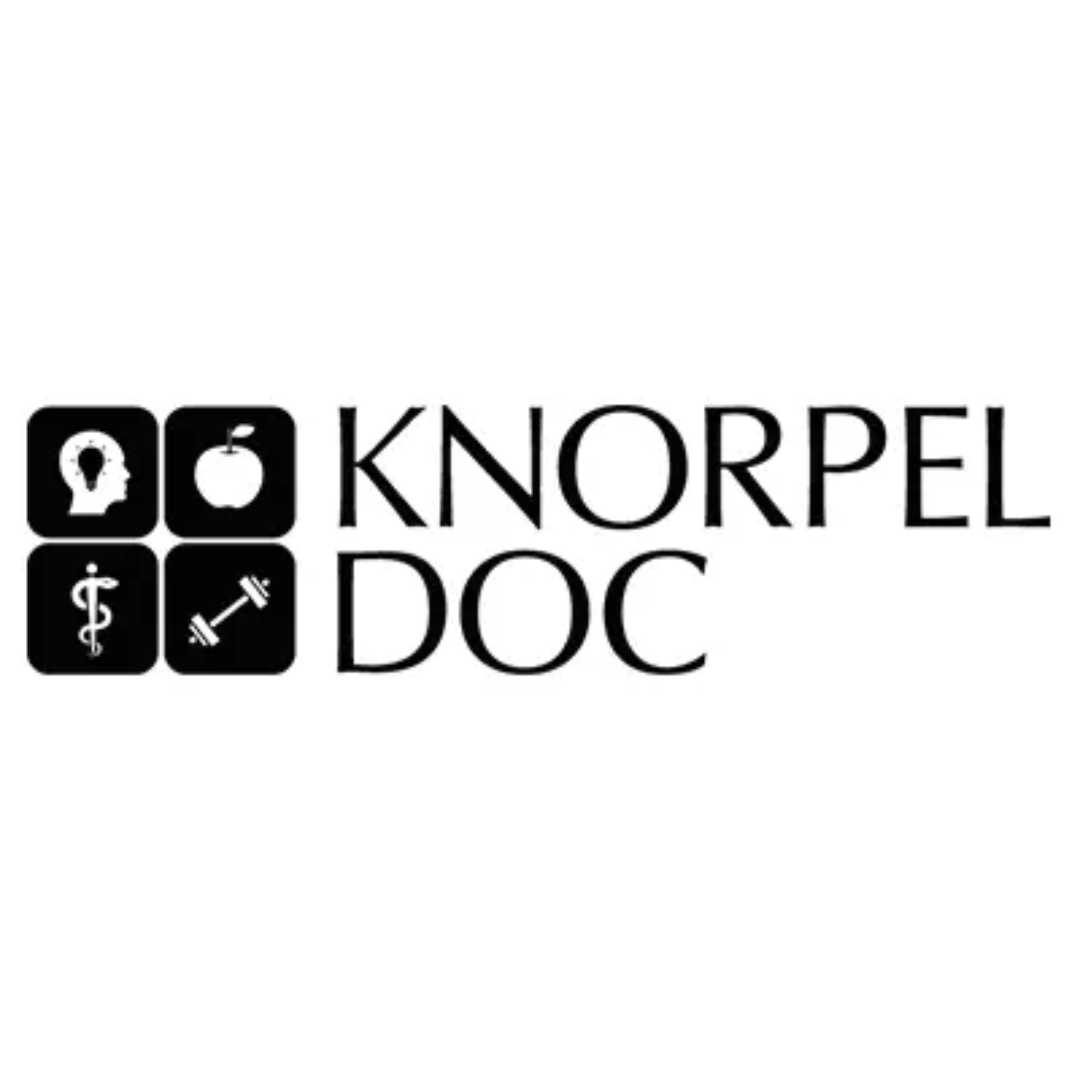
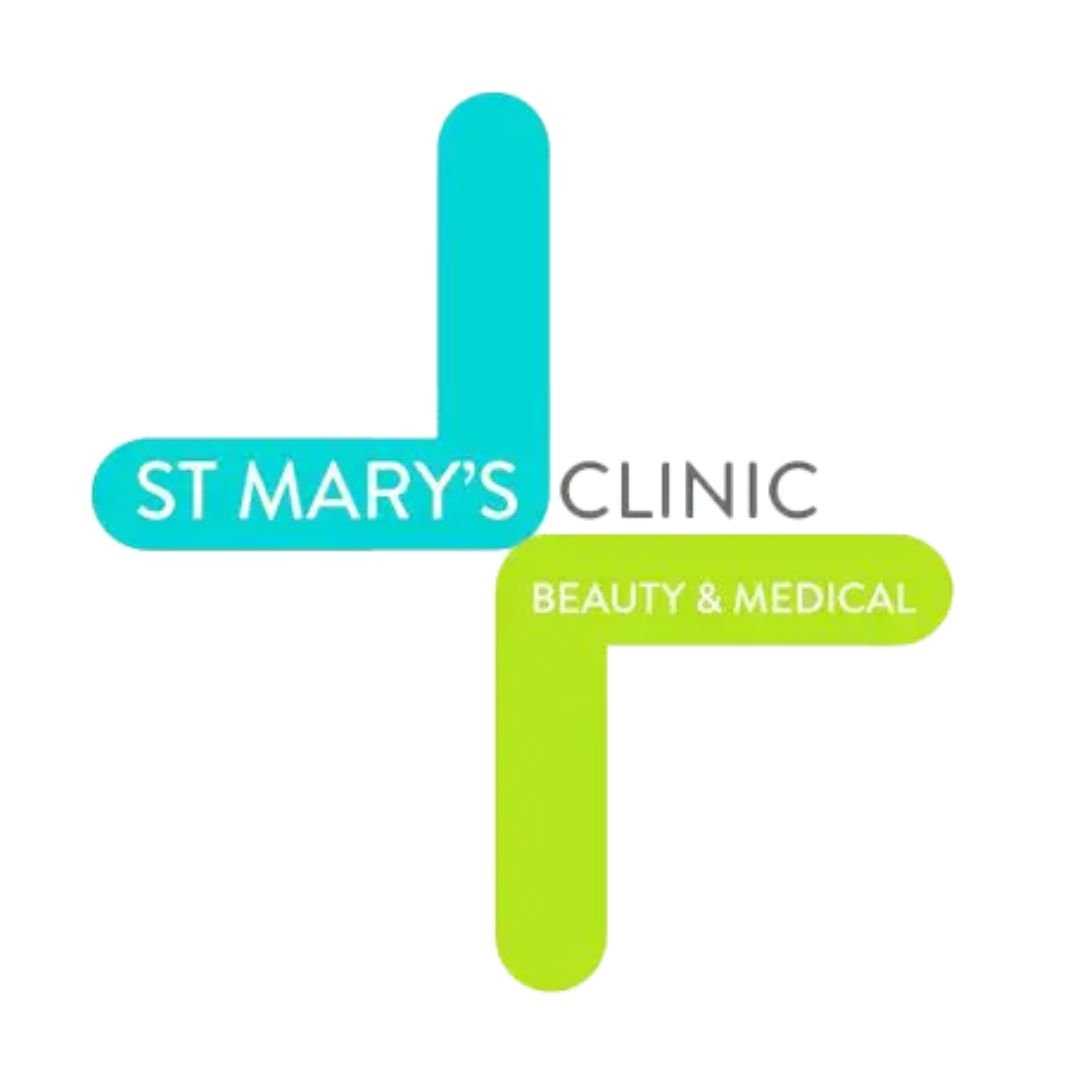

Share this listing